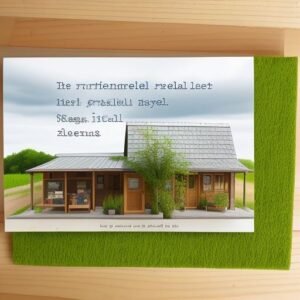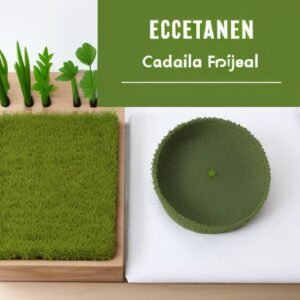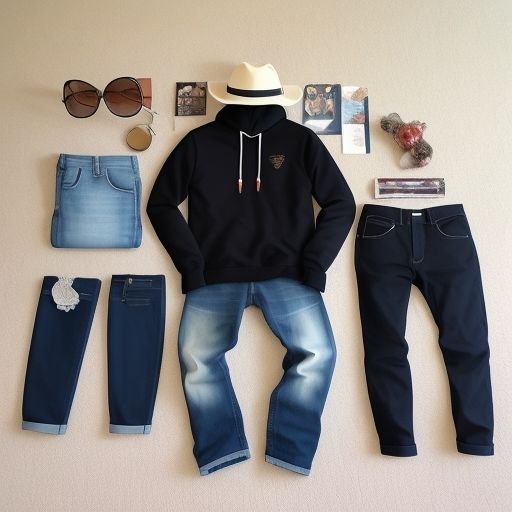Harnessing Green Innovation: A Methodological Approach To Eco-Friendly Products Project
Introduction:
Eco-Friendly Products Project
Have you ever wanted to tap into the booming eco-friendly market but felt daunted by the project planning process? With increasing consumer demand and rising environmental awareness, delving into the world of green products is a profitable and morally satisfying venture. This article presents a detailed, step-by-step methodology to guide your eco-friendly products project from conception to completion.

A Step-by-Step Journey Towards Sustainable Success
1. Idea Generation and Assessment
Every successful product starts with a spark. That little idea that tugs at your consciousness, begging to be developed. For eco-friendly products, this spark must be intertwined with a passion for sustainability. Start by brainstorming what kind of product would appeal to the conscious consumer while addressing a significant environmental concern. Then:
- Identify your target market – which demographic groups would be most interested in such a product?
- Analyze the current market – what competitive products exist? What’s their pricing strategy, and what can you do differently?
- Assess the impact – does your product genuinely reduce waste, conserve resources, or mitigate harmful emissions?
Throughout these early steps, remember the eco-friendliness of your supply chains, packaging choices, and production processes.

2. Detailed Product Design
The next stage involves developing intricate product specifications, reflecting a deep understanding of your environmentally conscious consumers’ preferences and ethical expectations. Key considerations should include:
- Functionality – the product must meet the customer’s needs effectively.
- Sustainability – how does this product contribute positively to the environment?
- Aesthetics – visually pleasing products often sell better.
- Cost-effectiveness – it must be competitively priced, without compromising its eco-friendly tenets.
In this journey, be sure to collaborate with individuals with specialized knowledge in sustainable design.

3. Prototyping and Testing
Prototypes bring your eco-friendly concept to life, enabling you to test functionality, adjust design elements, and obtain essential customer feedback.
- Create a 3D model – this will give you, your team, and potential customers a better understanding of what the final product will look like.
- Test the prototype – make sure the product works as it’s supposed to, and it’s easy to use.
4. Mass Production
Once the prototype is approved, it’s time to embark on mass production. Work with suppliers and manufacturers committed to sustainability, ensuring all stages of production minimize waste, conserve resources, and promote fair labor practices.
“Creating and selling eco-friendly products is not just about the final product being green. Every process, from sourcing raw materials to the point of sale, should reflect a firm commitment to environmental responsibility.”
5. Marketing and Distribution
A critical aspect of eco-friendly product project success is effective marketing and efficient distribution. Be transparent about your product’s environmental benefits, and ensure your goods reach customers using low-impact methods.

Conclusion: Green Success At Your Fingertips
Embarking on an eco-friendly products project may seem daunting, but a concrete methodology can streamline the journey, guiding you from the seed of an idea to a market-ready, planet-friendly commodity. Remember, the rise of the conscious consumer means the market for sustainable goods continues to expand, making now the ideal time to profit from green innovation. By developing and marketing products that give back to the Earth, you’re not just succeeding economically – you’re contributing to a more sustainable world.
Each step in this methodology is a step towards a greener future. Are you ready to embark on your eco-friendly products journey?
Learn More –An In-depth Guide to Education Loan Insurance in the USA




